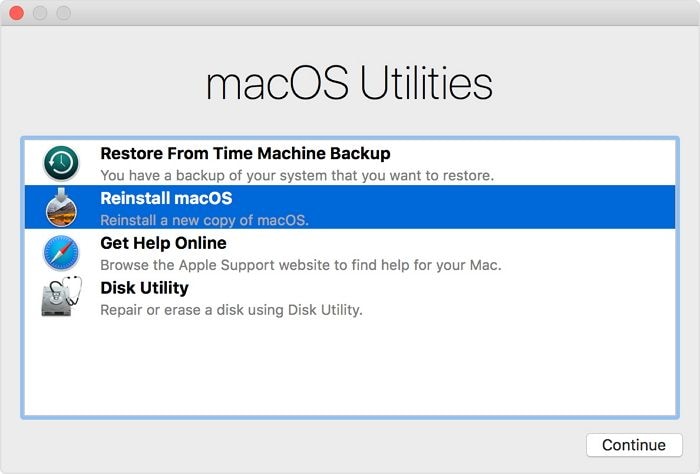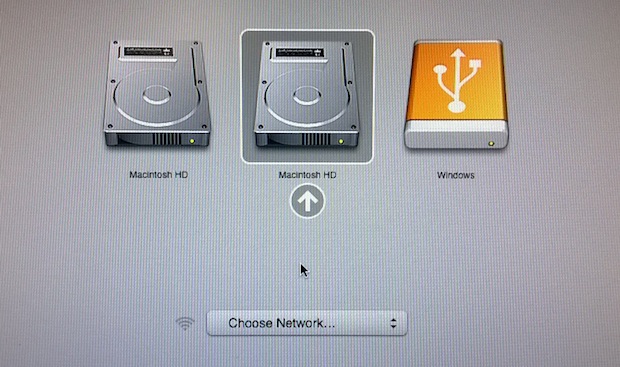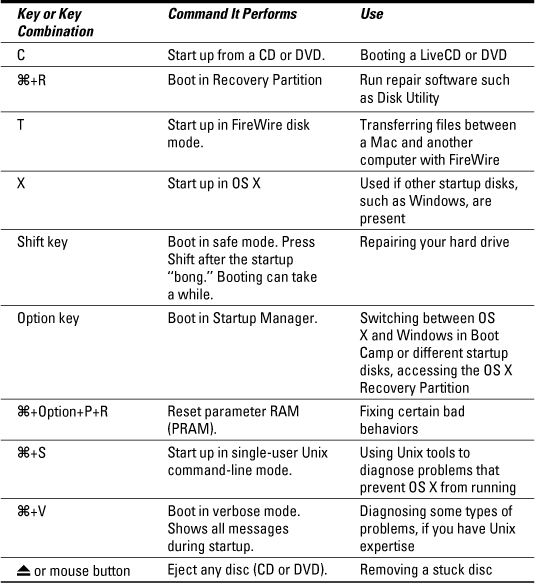
#I boot options on mac for windows mac
These can be found in the devices tab through the Finder application on the mac taskbar (probably named Windows or Windows partition). From there, make a backup of all your files on the Windows partition. If you are unable to see the boot menu, try connecting another wired keyboard (if this still does not work, it could be due to a hard drive failure).

#I boot options on mac for windows mac os
Select Mac OS using the keyboard arrow keys and press Enter. Hopefully, you will be presented with a boot menu asking you whether you would like to boot in Mac OS or Windows. Continue to hold the Options/Alt key until the mac has fully booted. Press and hold the Options key (apple) or Alt key (windows) while simultaneously powering on the mac by pressing on the power button. Shutdown the mac by holding the power button for ~10 seconds. Solution to anyone else having the same problem of a bootloop in the Windows partition of a mac bootcamp:Ĭonnect an external wired keyboard (can be apple or other brand - I used an old acer KU-0355) to a working USB port (I tested power to the port using a USB led lamp). More information about causes can be found here: X: Force the system to boot from your macOS startup disk.So it appears that the Windows partition / system files required for boot has most likely been corrupted - Apparently it can happen for no obvious reason and without any warning upon reboot.

The target computer must be connected with a Firewire, Thunderbolt or USB-C cable.Įject, Mouse button, Trackpad button or F12: Eject a CD or DVD from the optical disc drive. If you absolutely cannot save your computer, sometimes you can save the data with Target Disk Mode. This command makes the computer it was executed on behave like a hard drive, allowing you to pull data off of it with another Mac. Legacy CommandsĬ: Start up from a CD, DVD or USB thumb drive that contains a valid Mac operating system. For Apple desktops you can reset the SMC by disconnecting the power cable and all peripherals for fifteen seconds. Hold the modifier keys and power button down for ten seconds, then release all the keys and start the computer normally. To perform the reset, hold down the Shift, Control and Option keys on the left side of the built-in keyboard, then press the power button at the same time. The SMC, or System Management Controller, is responsible for low-level hardware functionality like fan speed, battery charging and sleep routines. Shift + Control + Option + Power: Reset the SMC on an Apple laptop. During the reset process it might seem like your Mac is restarting before starting up normally. Then release the keys after about twenty seconds. Hold down the key combo immediately after pressing your Mac’s power button. This small memory module stores certain settings essential to your Mac’s operation, and resetting is a good first step when you’re trying to resolve tricky hardware issues. Reset CommandsĬommand + Option + P + R: Reset your Mac’s NVRAM or PRAM. If your Mac is showing the Apple logo but failing to start completely, try this step to see where in the boot process the error occurs. This mode displays logging and diagnostic messages as your Mac boots. This is useful for running diagnostic Terminal commands or fsck, but it can’t do much beyond that.Ĭommand + V: Boot in verbose mode. macOS might do this one on its own if your installation is so messed up that you can’t boot into Recovery Mode.Ĭommand + S: Start in single user, command-line-only mode. This allows you to reinstall the build of macOS that came with your computer from the factory. Shift + Command + Option + R: Start in Internet Recovery Mode, skipping your system’s hard drive. You can use it to reinstall macOS, restore from a Time Machine backup or use Disk Utility to repair or format your hard drive. Recovery Mode is macOS’s powerful recovery suite with a bunch of options for saving or wiping your Mac. From here you can select different startup disks if any bootable partitions are available.Ĭommand + R: Boot into Recovery Mode. Since safe mode only loads essential software, you can determine whether a system process or a user-installed application is causing your problem.

Don’t release the keys until you see the described behavior.

If you’re restarting your Mac, press and hold the keys immediately after your Mac begins to restart. To use any of these boot keys, hold down the listed key combo as soon as you press your Mac’s power button. If you’re having trouble with your Mac, this can be a great way to troubleshoot and analyze your options. To access some specialized Mac features you’ll need to hold down one or more keys during startup.


 0 kommentar(er)
0 kommentar(er)
